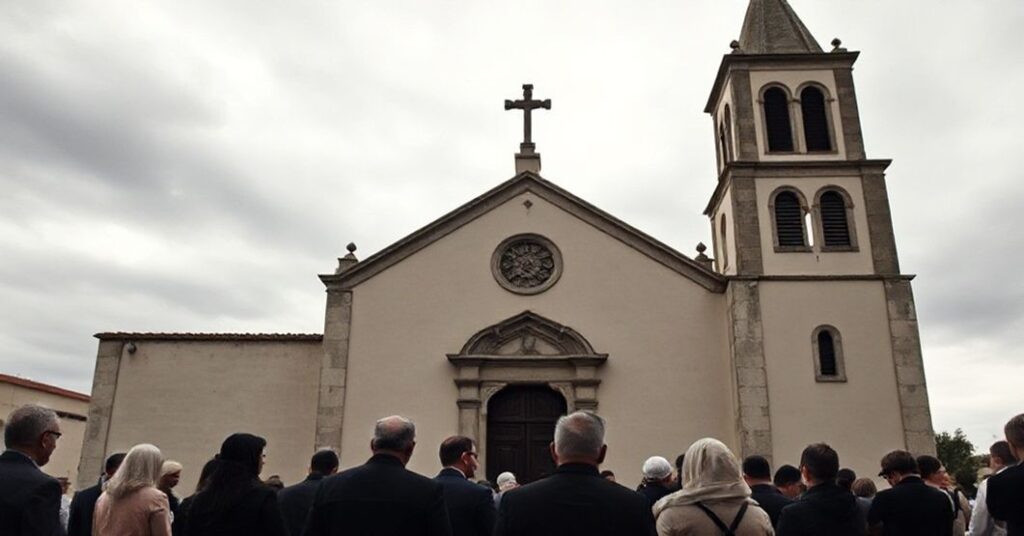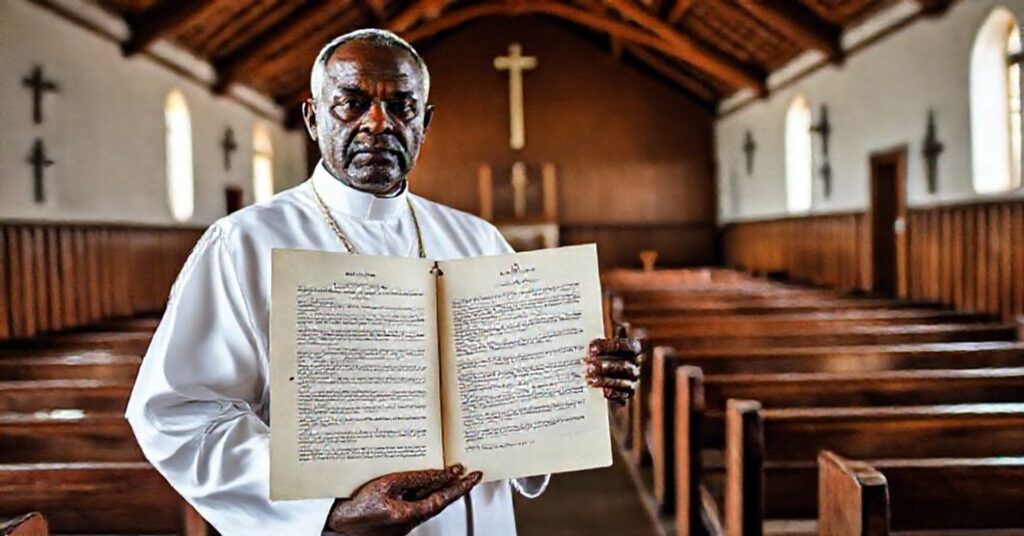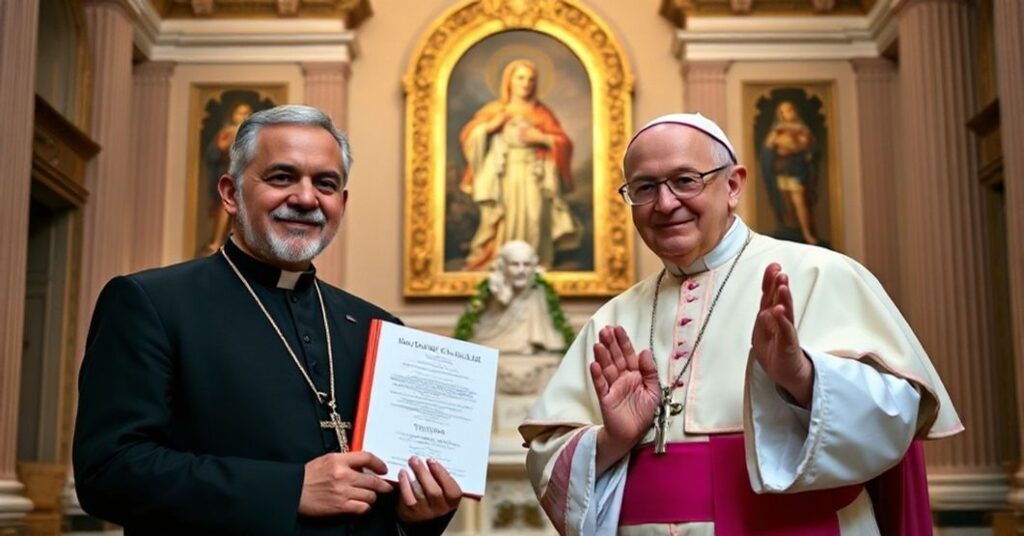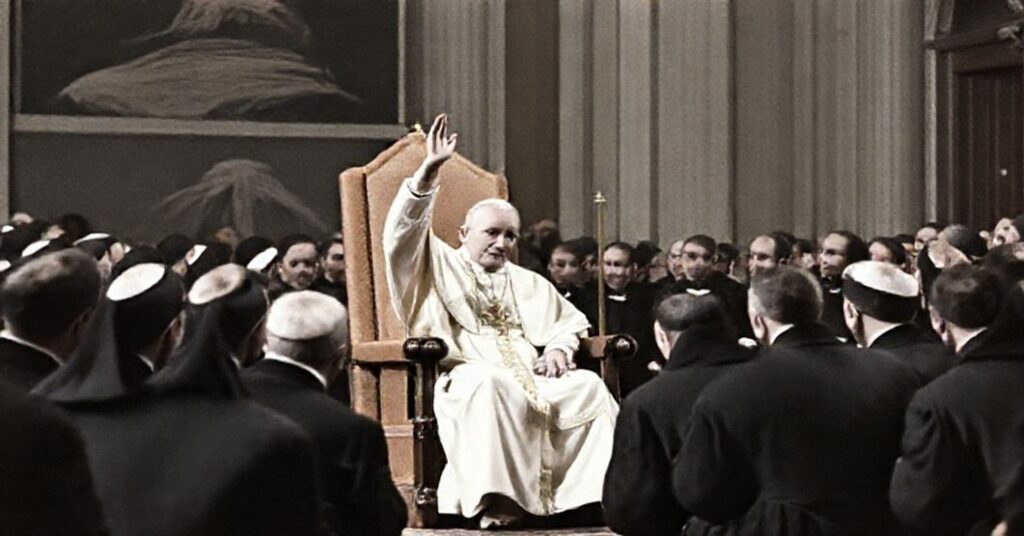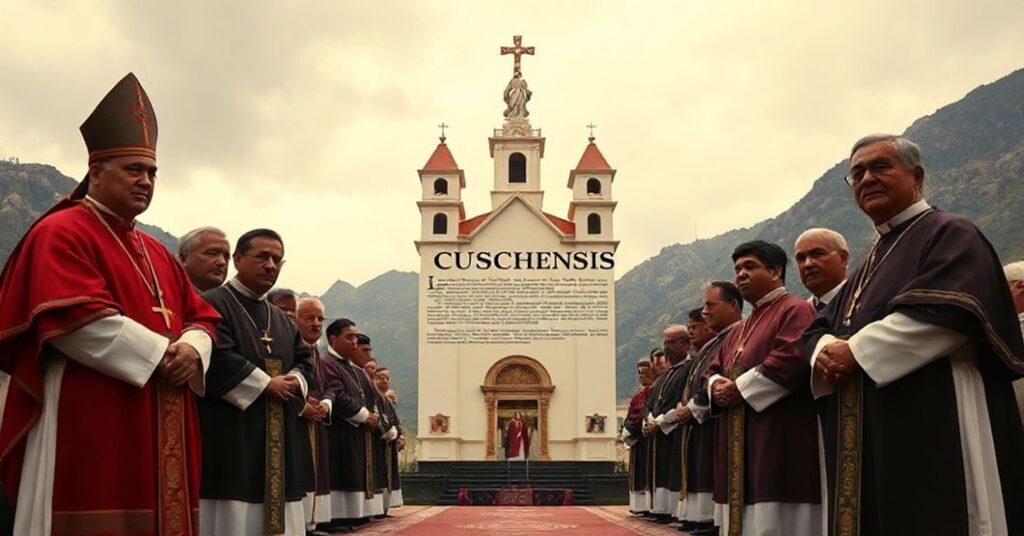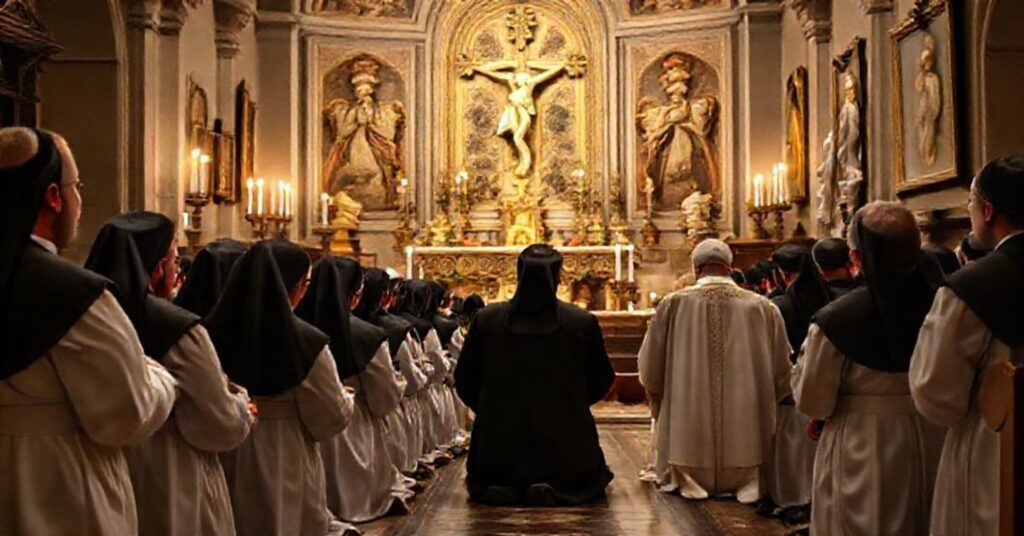La allocutio (1962.02.20)
The allocution of John XXIII on 20 February 1962, opening the fourth session of the Central Preparatory Commission for Vatican II, is a brief Latin discourse: it recalls earlier meetings, laments the deaths of three cardinals, rejoices at the presence of Cardinal Wyszynski and his Marian gift from Czestochowa, envelops all in pious sentiment about the communion of saints, and entrusts the conciliar work to the intercession of the Blessed Virgin Mary, presenting the Council as an effort “to promote the glory of God and the coming of His Kingdom on earth” and to “prepare for the Lord a perfect people.”


